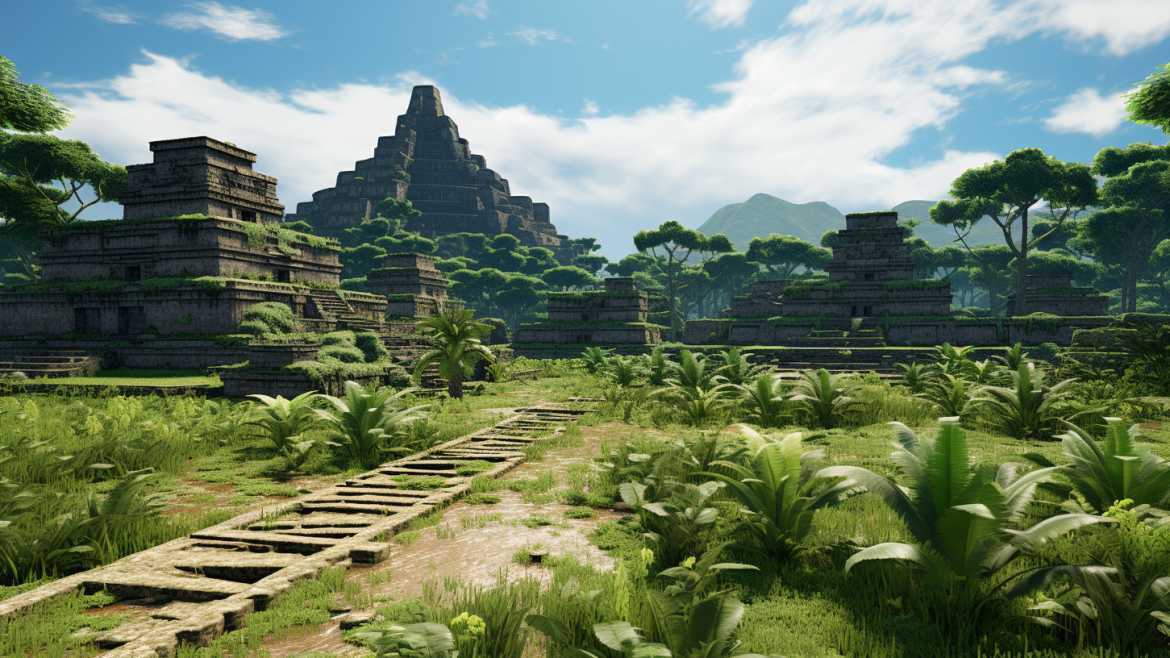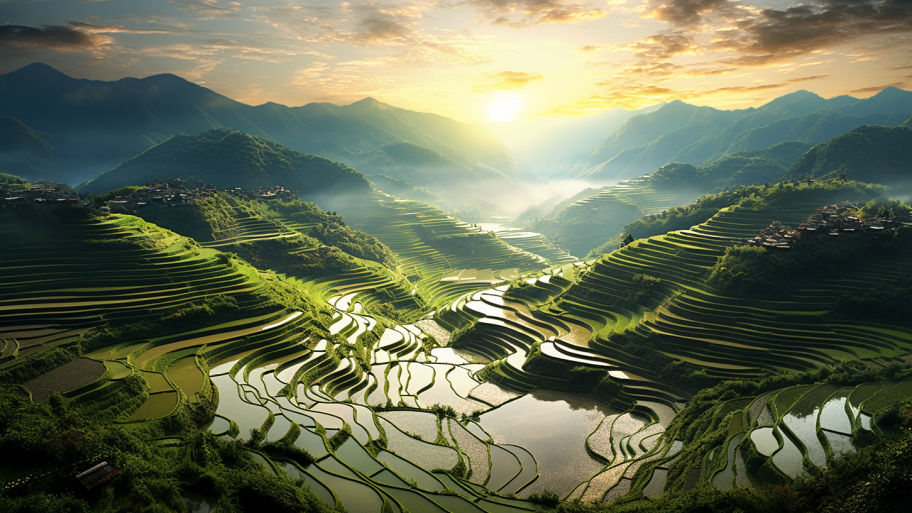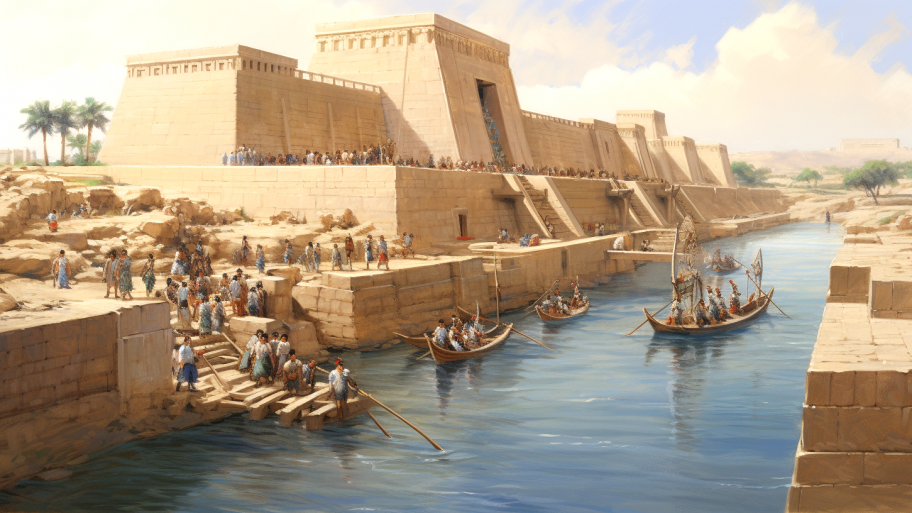The Mayan civilization, which spanned the period from around 2000 BCE to 1500 CE, is renowned for its advances in art, architecture, and mathematics. Yet, the Mayans’ horticultural prowess is another intriguing facet of their rich cultural heritage. Thriving in an environment that included dense rainforests, arid highlands, and coastal plains, the Mayans developed innovative and resourceful techniques to cultivate their land and ensure a sustainable food supply. Their knowledge of agriculture and gardening remains an essential part of their legacy and continues to inspire modern-day horticulturists.1 2 3 4 5
The Mayan agricultural system was remarkably advanced for its time, utilizing a variety of approaches to maximize productivity in different environments. They developed an intricate understanding of their surrounding ecosystems, which allowed them to select the most suitable locations for planting and efficiently utilize available resources. Mayans prioritized cultivating crops that provided both nutritional value and cultural significance, such as corn, beans, and squash. Furthermore, they recognized the importance of crop rotation and fallowing to maintain soil fertility, an approach that remains relevant in modern agriculture.6 7
Mayan gardens were both functional and aesthetically pleasing. They served as a source of nourishment, medicinal plants, and materials for building and crafting. But they were also designed to create a sense of harmony with the surrounding natural landscape. These gardens often featured terracing, which facilitated better water management and erosion control, especially in the hilly regions. The Mayans also employed companion planting and integrated pest management techniques to enhance the health and productivity of their gardens. As such, Mayan gardening reflected a deep appreciation for the environment and a desire to live in balance with nature.8 9 10
As we delve further into the world of Mayan horticulture, we’ll explore the fascinating role of cacao, corn, and other staple crops in their culture, as well as the innovative slash-and-burn farming and agroforestry techniques they used to overcome the challenges of their diverse landscapes. Understanding these aspects of Mayan agriculture not only sheds light on the rich history of this captivating civilization but also offers valuable insights for modern gardening practices.




